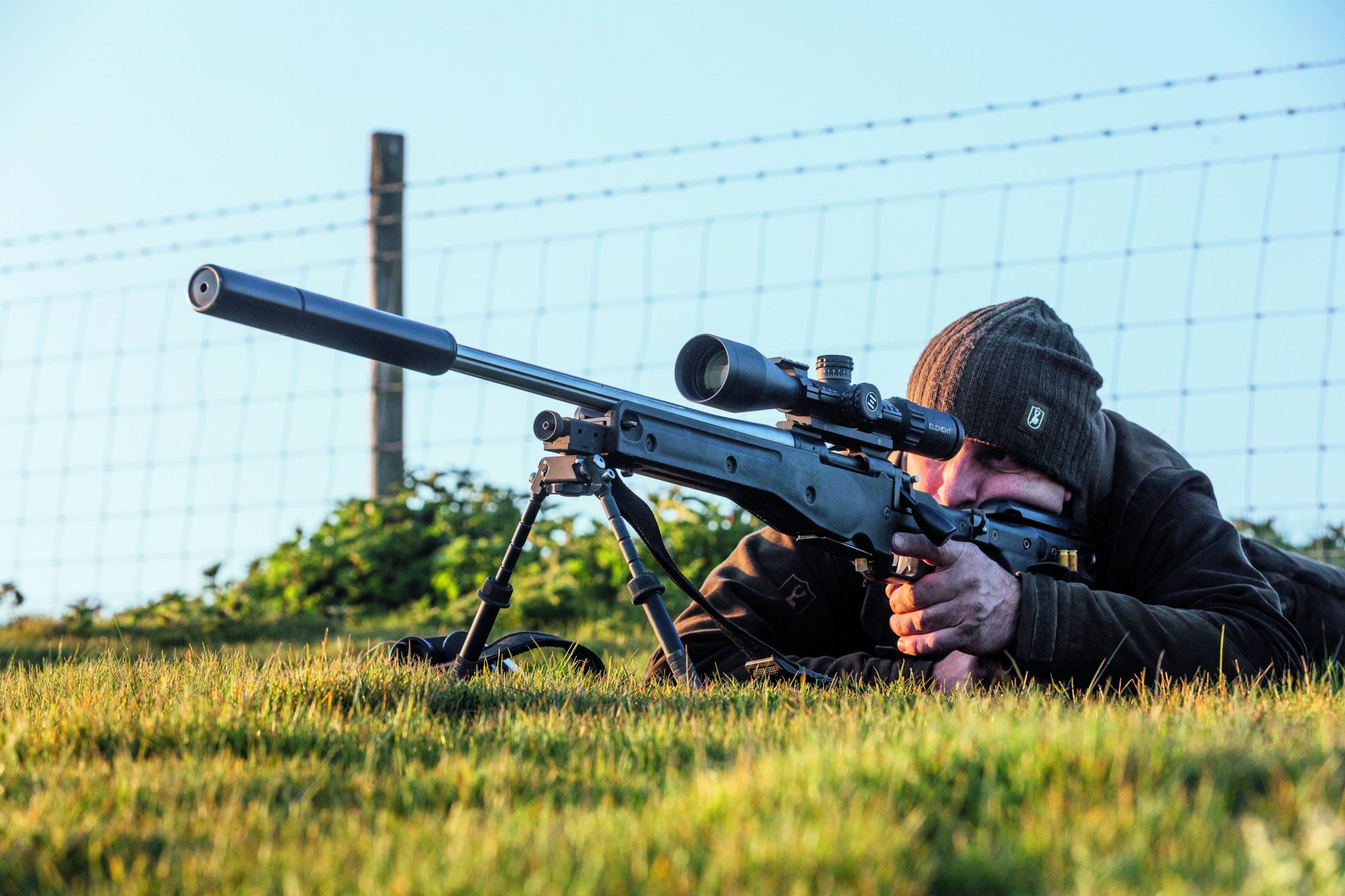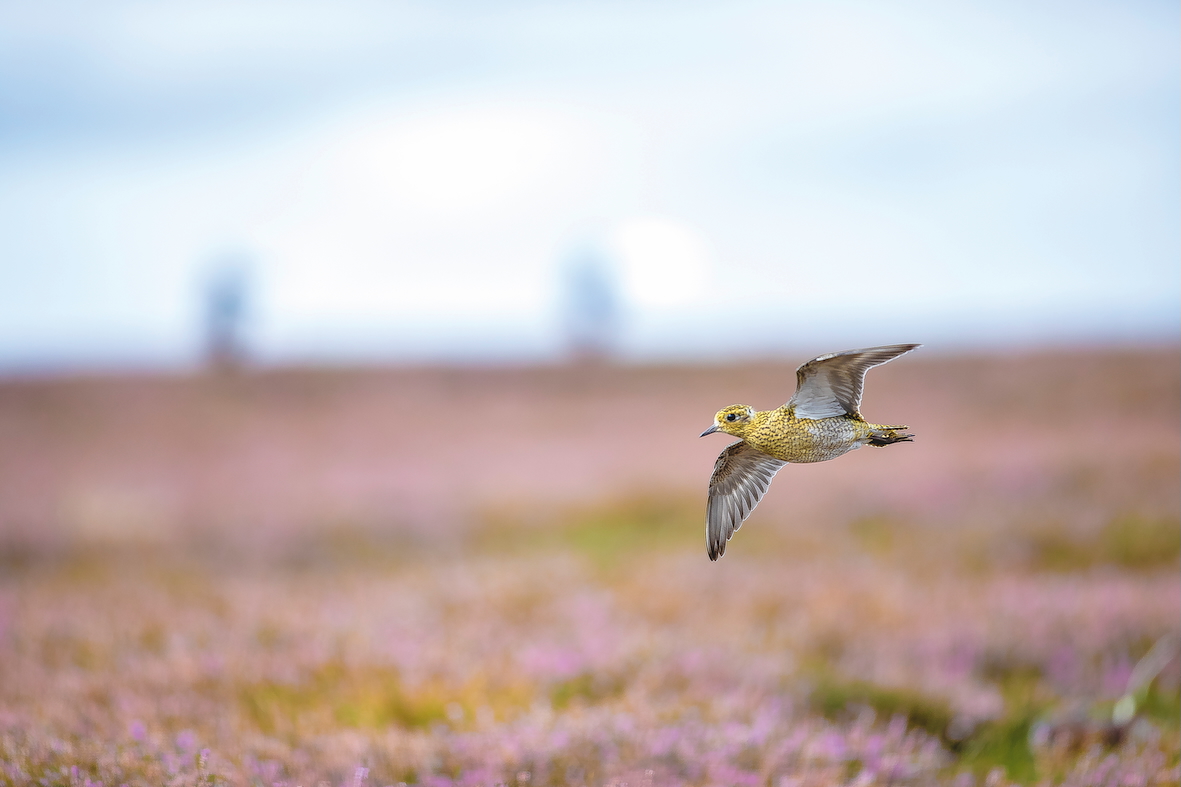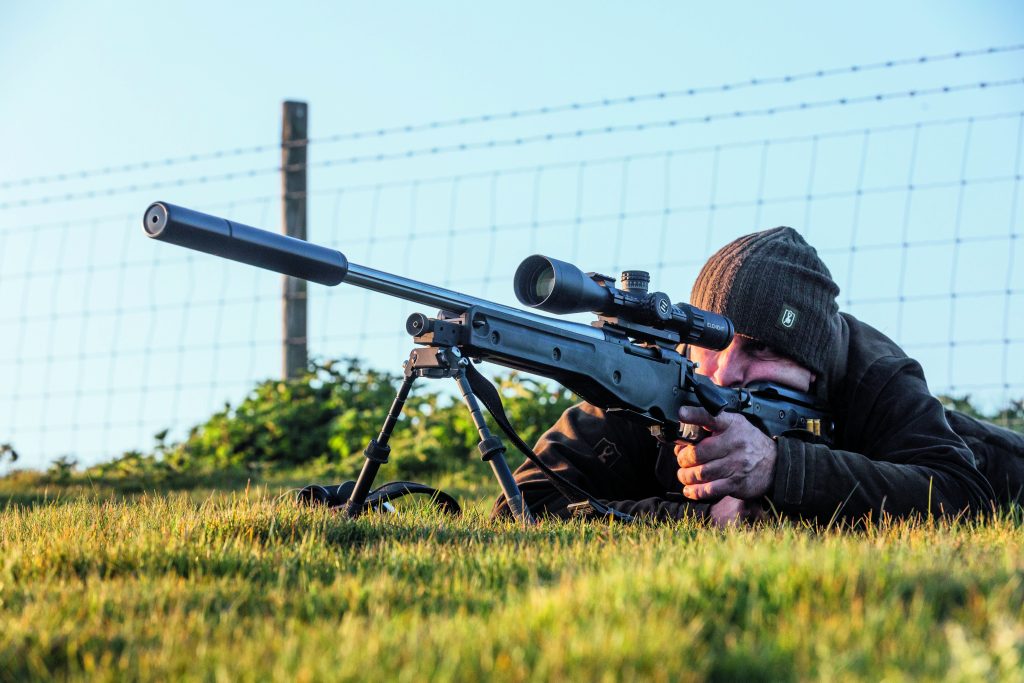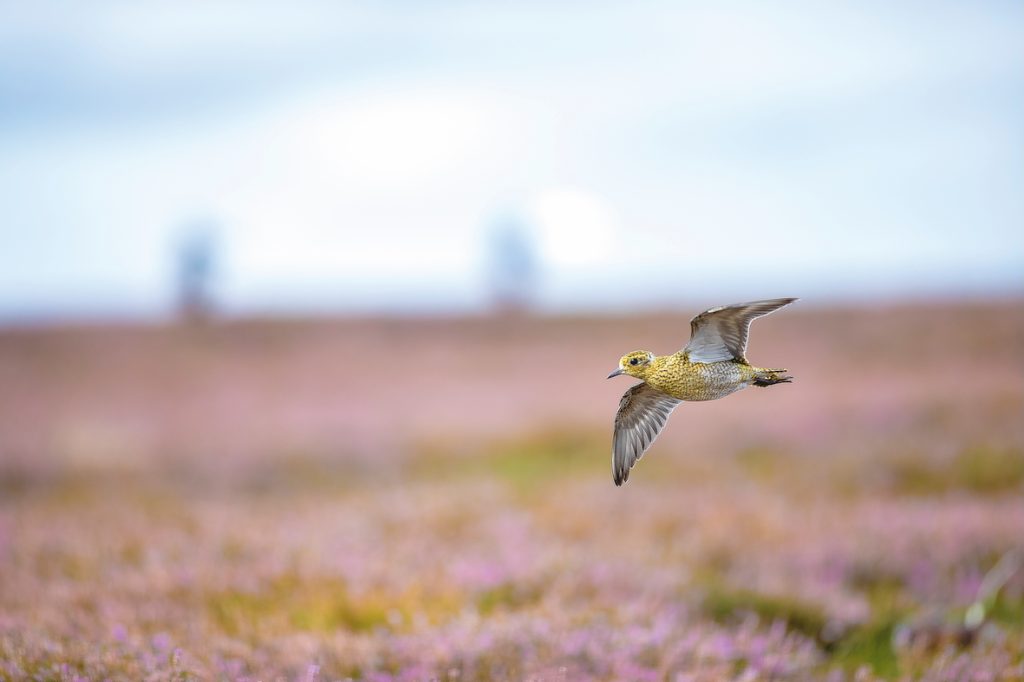News
Shooting
Conservation groups call for future predator control
Scottish conservation groups call for future Government funded conservation measures to include predator control.
Would you like to speak to our readers? We offer sponsored articles and advertising to put you in front of our audience. Find out more.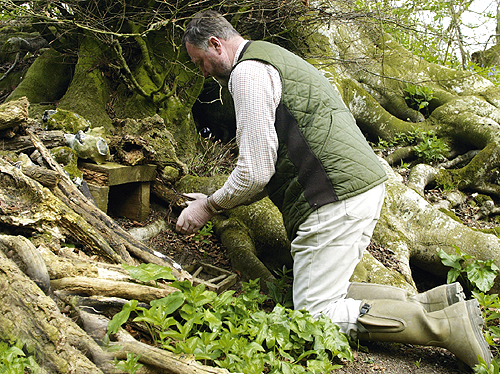
The RSPB in Scotland has lent its support to the idea that predator control should form part of Government funded conservation.
At a conference last month on the future of Common Agricultural Policy (CAP) funding, the idea that predator control options should be more widely available as part of conservation ?bundles? was broadly welcomed.
When asked about this aspect of the conference, director of RSPB Scotland Stuart Housden, who attended the event in Perth, told Shooting Times: ?There is growing evidence that legal predator control will help the recovery of some ground nesting birds, though predator control alone is no substitute for targeted habitat management for scarce birds such as capercaillie, blackgrouse and waders.?
Dr Adam Smith, director for Scotland at the Game & Wildlife Conservation Trust (GWCT), who was also at the meeting, concurred that predator control should be carried out not in isolation but as part of a package of targeted measures.
He said: ?Among the many topics discussed, there was a strong feeling that predator control should be more widely supported.
However, predator control alone may not be effective ? one could say that, no matter how many crows are killed in a car park, you won?t get lapwings to nest on tarmac.?
Were such grants made available in the future, they could help to fund the work of gamekeepers, who are used to combining predator control with other conservation measures.
The policy is not new to Scotland.
Scottish public funds currently pay for grey squirrel and mink control and have funded hedgehog and rat elimination for the protection of ground nesting birds.
Predator control is also funded through grants for capercaillie and blackgrouse protection, which, in some cases, have employed gamekeepers.
However, conservationists believe that options for predator control should be rolled out across Scotland where appropriate and linked to grey partridge and wading bird conservation.
The event in Perth was organised by the GWCT and the Moorland Forum and was attended by around 120 delegates representing agencies, significant land managers, consultants and charities in Scotland, including the NFU Scotland, RSPB Scotland and Scottish Natural Heritage (SNH).
In the final speech of the conference, Jo O?Hara, head of natural heritage management at the Scottish Government, welcomed the GWCT studies which had been presented earlier.
She said, ?I congratulate the GWCT for giving me the science to go to my counterparts and for providing robust, policy focused research.?
However, she is pessimistic about the possibility of CAPfunded predator control being accepted by the European Union.
Say what you think in the Shooting UK forums!
Related articles
News
A sound decision as moderators to be taken off licences
The Government has finally confirmed what the shooting community has long argued – that sound moderators should be removed from firearms licensing controls
By Time Well Spent
Gamekeeping news
News
Devastating effects of keepers downing tools
A 20-year experiment highlights the dramatic decline in our red-listed birds after predator control ends, proving the vital role of gamekeepers
By Time Well Spent
Manage Consent
To provide the best experiences, we use technologies like cookies to store and/or access device information. Consenting to these technologies will allow us to process data such as browsing behavior or unique IDs on this site. Not consenting or withdrawing consent, may adversely affect certain features and functions.
Functional Always active
The technical storage or access is strictly necessary for the legitimate purpose of enabling the use of a specific service explicitly requested by the subscriber or user, or for the sole purpose of carrying out the transmission of a communication over an electronic communications network.
Preferences
The technical storage or access is necessary for the legitimate purpose of storing preferences that are not requested by the subscriber or user.
Statistics
The technical storage or access that is used exclusively for statistical purposes.
The technical storage or access that is used exclusively for anonymous statistical purposes. Without a subpoena, voluntary compliance on the part of your Internet Service Provider, or additional records from a third party, information stored or retrieved for this purpose alone cannot usually be used to identify you.
Marketing
The technical storage or access is required to create user profiles to send advertising, or to track the user on a website or across several websites for similar marketing purposes.


